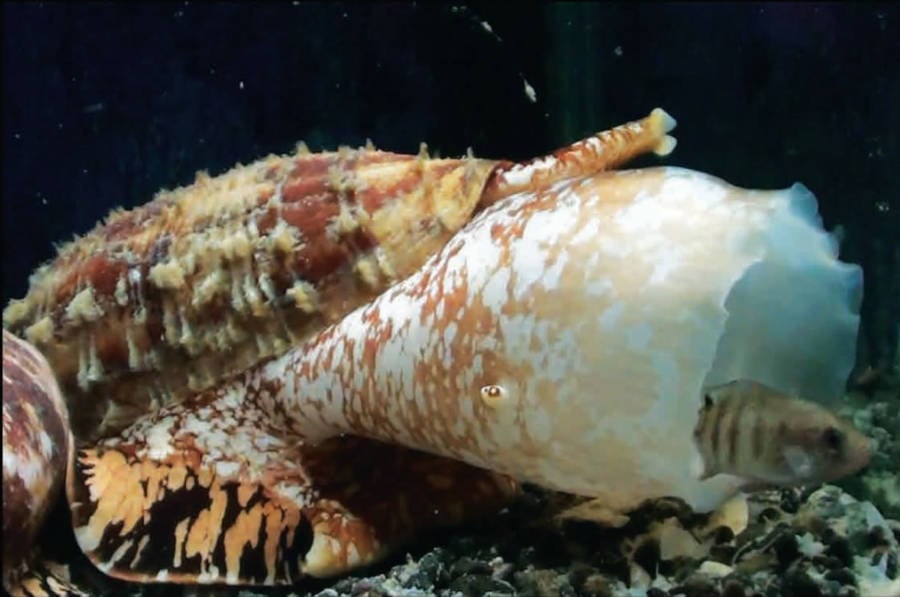

Therefore, the consistent use of genetic data for species delimitation and phylogenetic inference in this apparently hyperdiverse group is largely wanting. However, these phenotypic traits are prone to homoplasy. Taxonomic identification of cone snails still relies mostly on the shape, color, and banding patterns of the shell. Read previous Zoologger columns: The only fish that cries like a baby, Flashmob gathering of world’s largest fish, Genetic superpowers of the common shrew, Sea anemones spawn mixed-up kids, Colourful ducks may have fewer sex diseases, The African eel that travels light, The only primate that eats its dinner twice, Biofuel powers biggest flying marsupial, Cryo-frog survives deep freeze, Megamouth, the shark that has to suck it up, The hairy beast with seven fuzzy sexes, Australia’s truly glamorous camper.Due to their great species and ecological diversity as well as their capacity to produce hundreds of different toxins, cone snails are of interest to evolutionary biologists, pharmacologists and amateur naturalists alike. Journal reference: Proceedings of the Royal Society B, DOI: 10.1098/rspb.2011.0511 Through this process, Page says that the cone snail has managed to transform half its gut into a poison factory while the other part carries on with the mundane job of digestion.Īs with the tetrodotoxin used by Klebb, there is no known antidote to the cone snail sting – adding a frisson of danger to the hobby of shell collecting. This mechanism is known as modular evolution, says Page: it allows one structure to evolve without affecting other nearby body parts.

Because of the gastropod’s double digestive tract, the cone snail can do this without affecting the normal digestive process. The reconstructions showed that the long venom gland peels off from the snail’s gut. She then fed all of the images into a computer to build a detailed sequence showing how the snail gut develops. At each stage through larval development, Page chemically fixed some of the developing snails, cut them into slices and photographed them. To find out, Page took a trip to Hawaii to collect an egg mass belonging to a species of cone snail called Conus lividus, which she then took back to the lab. “You have to wonder: how did any part of the ancestral structure change during evolution without disrupting all the other parts?” “Feeding systems are often complex and include many different parts that have to function together,” she says. It was already suspected that the snail’s venom gland is a modified part of the gut, but it wasn’t clear how it had evolved, says Louise Page at the University of Victoria in British Columbia, Canada.

It’s only because of this that the cone snails gained the gland in which they brew their neurotoxin. In fact, predatory gastropods have a kind of double gut. While they may not be fearless, you couldn’t call a cone snail gutless.


 0 kommentar(er)
0 kommentar(er)
